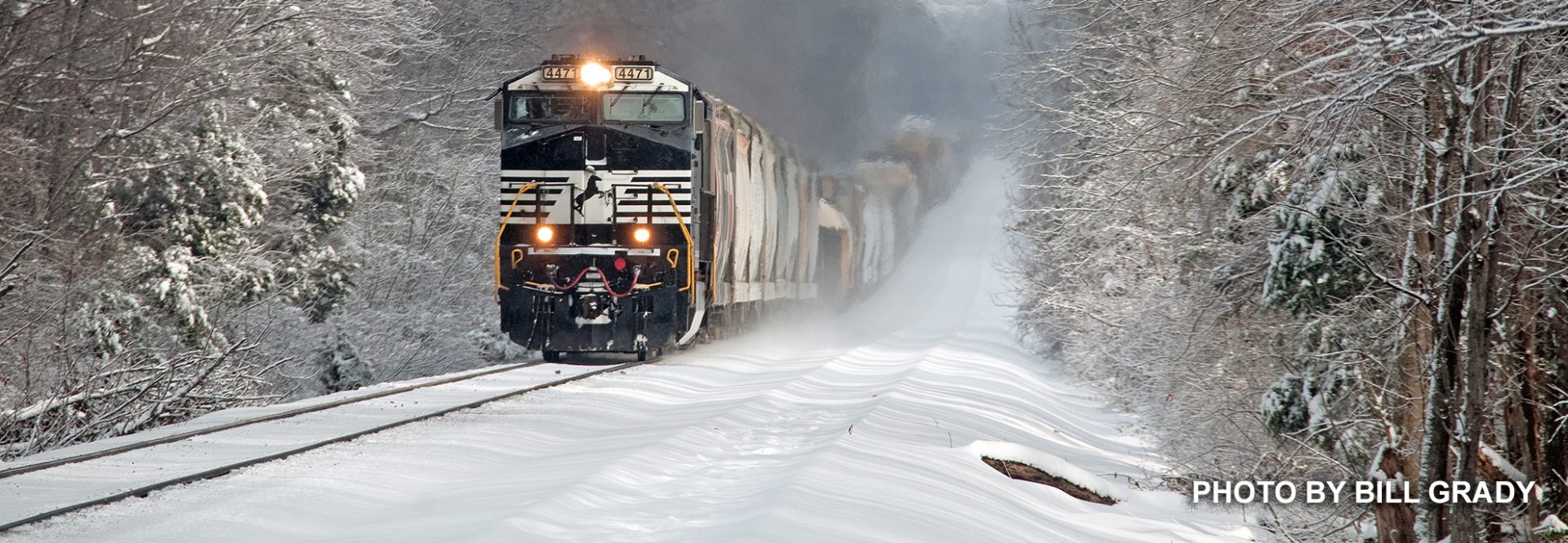
Avoiding sparks and popping circuit breakers is what this all about. The crane is part of a Milwaukee Road wreck-train, hard at work in north central Montana. The crane came to the rescue from Harlowton, located at the eastern end of their 440-mile electrified operation through the Belt, Rocky and Bitterroot Mountain ranges.
So, what is that “boxy” contraption at the end of the boom..? That wooden assembly extends a bit beyond the end of the crane boom, so if the boom should brush against the Milwaukee’s 3,000-volt overhead catenary, there will be no sparks. The location of this incident was not electrified, but this crane is called to perform throughout the Rocky Mountain Division, electrified or not. “Safety First” meant you must be prepared. Other cranes in the electrified areas had a similar arrangement.
Wrecks occurring on the electrified lines sometimes wiped-out power poles and wiring. When they did it provided some precarious situations. A major derailment near Superior, Montana destroyed an otherwise undamaged full-length Superdome car because a downed hot wire made contact with spilled diesel fuel. Many times, the circuit breakers would automatically cut the power from the sub-stations. Those operators knew immediately of any mishaps and would cut the power if there was potential for forest or range fires.
The Northern Pacific Railway, that had no electrified lines, placed a similar wooden device on their Missoula based wrecker crane. Why would they do that, you ask? Because the NP and Milwaukee lines ran side-by-side, almost like double track, for many miles in Montana. So, if the NP had to call out it’s crane to do any kind of work on its line, it had protection as if those wires were their own.

Credits: story from The Milwaukee Railroader magazine 4th Quarter2020. Photo by Max Makich, age-13 with his Brownie camera
(Note: With all that glass overhead, those full-length Superdome cars had a diesel-powered 16-ton air-conditioning unit.) – Submitted by Gary Ostlund
